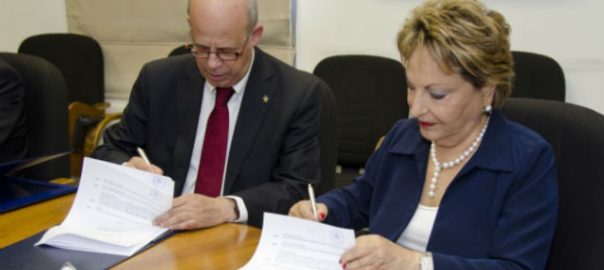How to prepare for the meeting, organize everything correctly, and keep minutes? We will understand in more detail later in the material.
How to Organize a Board Meeting and Keep Minutes
Leaving the meeting, many of us thought at least once: “So much time wasted.” This usually happens because the meeting does not have a clear purpose or agenda, or if you were not required to attend. To help you and others prepare for your meetings better, we’ve put together a template that brings together all the elements that will make a meeting a success: participants, tasks, agenda, and action plan elements. The template will help you prepare for the meeting, stay on topic, record important comments and decisions made, and form an action plan.
The person taking the meeting minutes should do the following:
- write down important thoughts in front of each issue on the agenda; record the decision made and the person responsible for its implementation;
- help the chairman to conduct the meeting (especially during formal meetings) according to the rules;
- have at hand the minutes and agenda of the previous meeting, as well as duplicates of these documents for uninformed participants;
- control the time allocated for discussion of each issue. This will help you not to dwell on any one topic.
Sometimes, during meeting minutes, you have to take a transcript and a short note at the same time. Make sure the secretary listens very carefully and writes down important details and key phrases. He should also write down the names of all speakers to prevent possible misunderstandings.
In What Cases Are the Meeting Minutes Drawn Up?
A personal assistant manager has many responsibilities and tasks. One of the main ones is its ability to organize a business meeting or meeting. Record keeping – this task is also not intended for a simple secretary, but for an assistant chief or for a special category of administrative specialists. And in order for the meeting minutes to go as efficiently as possible, any responsible specialist should prepare for it in advance and study the necessary materials.
The minutes are a confirmation of the fact of the meeting and proof of the decisions taken at it and the announced information. In some cases, such documentary fixation is mandatory and is provided for by law, since the received document is the basis for subsequent actions. For example, the minutes of the meeting of participants (founders) of its creation, which is subsequently submitted to the tax office for registration of a legal entity.
For the usual current economic activities of any enterprise, there is no imperative to record every meeting minute, but in order to avoid misunderstandings, especially if decisions are planned or the appointment of responsible persons is planned, we recommend that you at least briefly record the course of the event. The responsibility for keeping the minutes is usually assigned to the secretary in the organization, or in the course of the meeting another employee is appointed, about which information is entered into the minutes.
The meeting minutes can be either scheduled, organized at specific time intervals, or urgent. In any case, the course of the meeting must be recorded in the minutes. The convenience of holding scheduled meetings is that the secretary has the opportunity to draw up a meeting program in advance, determine the course of the event, speakers, and the number of questions. And all other needed documents can be securely stored in the online data room.

